Higher classification Juniper | Division Pinophyta Scientific name Juniperus oxycedrus Rank Species | |
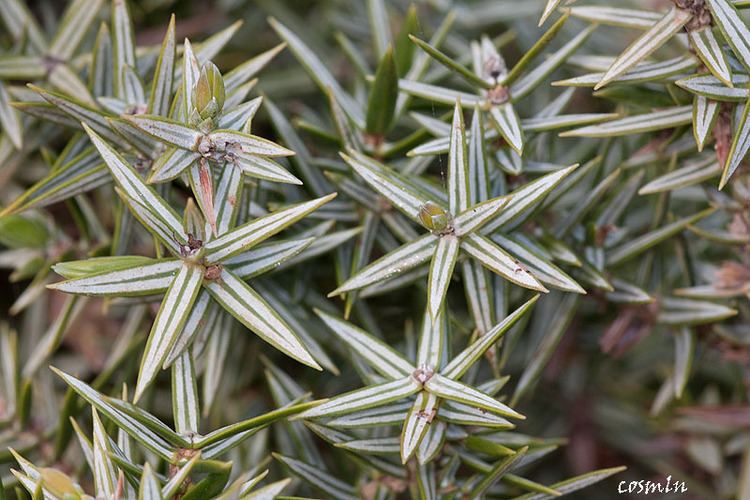 | ||
Similar Juniper, Juniperus phoenicea, Quercus coccifera, Pinus halepensis, Juniperus thurifera | ||
Juniperus oxycedrus western prickly juniper or cade juniper
Juniperus oxycedrus (prickly juniper, prickly cedar, cade juniper and cade (from the French genévrier cade), sharp cedar) is a species of juniper, native across the Mediterranean region from Morocco and Portugal, north to southern France, east to westernmost Iran, and south to Lebanon and Israel, growing on a variety of rocky sites from sea level up to 1600 m elevation. The specific epithet oxycedrus means "sharp cedar" and this species may have been the original cedar or cedrus of the ancient Greeks.
Contents

Description
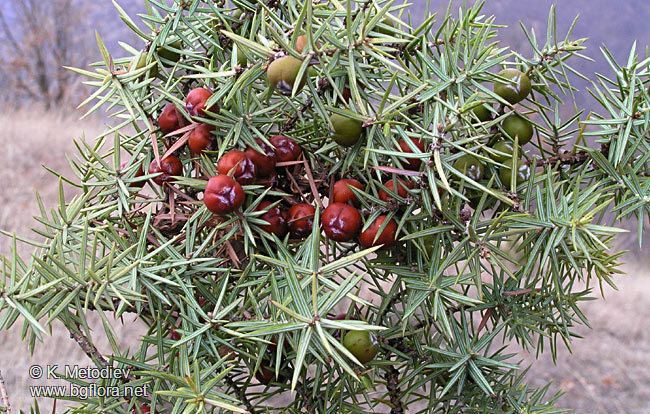
The Juniperus oxycedrus tree is very variable in shape, forming a spreading shrub 2–3 m tall to a small erect tree 10–15 m tall. It has needle-like leaves in whorls of three; the leaves are green, 5–20 mm long and 1–2 mm broad, with a double white stomatal band (split by a green midrib) on the inner surface. It is usually dioecious, with separate male and female plants. The seed cones are berry-like, green ripening in 18 months to orange-red with a variable pink waxy coating; they are spherical, 7–12 mm diameter, and have three or six fused scales in 1-2 whorls, three of the scales with a single seed. The seeds are dispersed when birds eat the cones, digesting the fleshy scales and passing the hard seeds in their droppings. The pollen cones are yellow, 2–3 mm long, and fall soon after shedding their pollen in late winter or early spring.

As to be expected from the wide range, Juniperus oxycedrus is very variable. One recent study splits it into three species, though other authorities do not accept this:
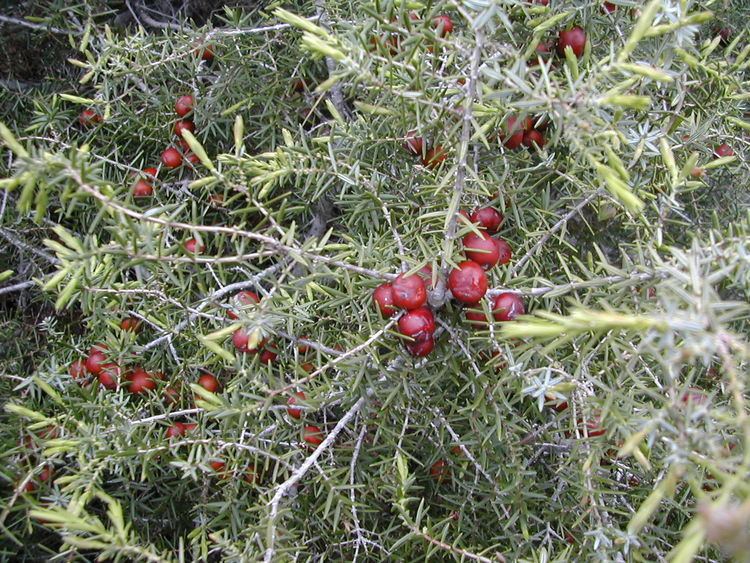
Subspecies
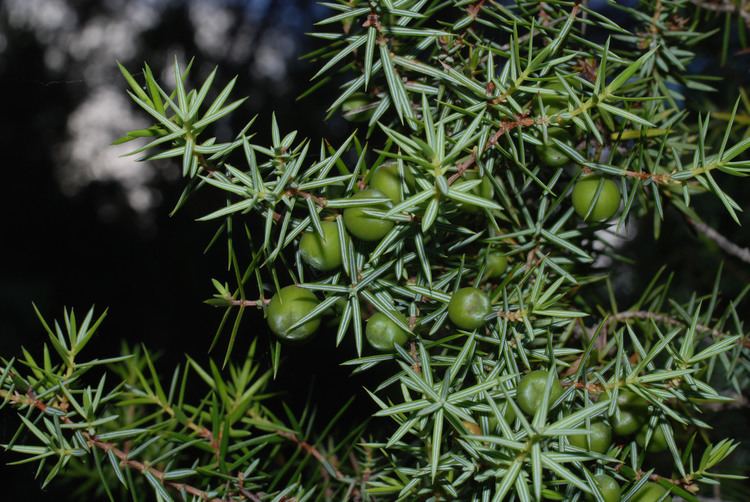
An additional variety or subspecies J. oxycedrus var. badia H.Gay (syn. J. oxycedrus subsp. badia (H.Gay) Debeaux) is distinguished on the basis of larger cones (10–13 mm diameter), tinged purple when mature; it is described from northern Algeria, and also reported from Portugal and Spain.
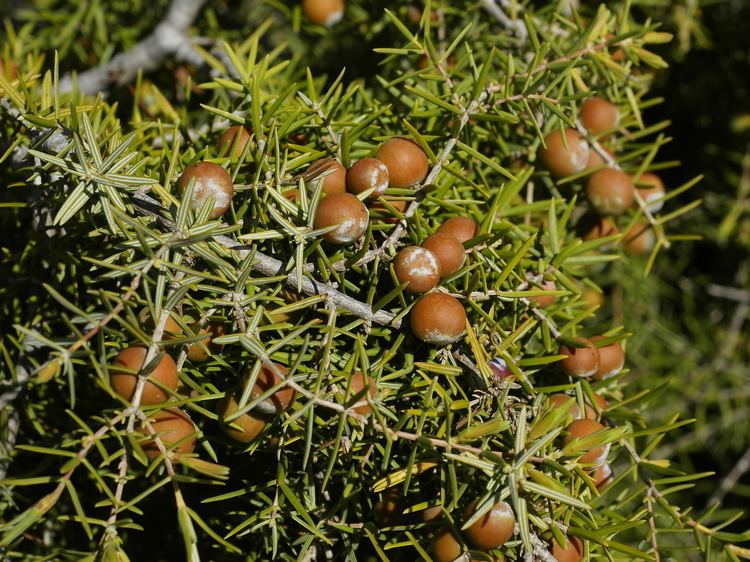
A further species Juniperus macrocarpa, confined to Mediterranean coastal sands, is more distinct but has also often been treated as a subspecies of Prickly Juniper, as J. oxycedrus subsp. macrocarpa; it differs in the broader leaves 2–3 mm wide, and larger cones 12–18 mm diameter.

Other close relatives of J. oxycedrus include Juniperus brevifolia on the Azores, Juniperus cedrus on the Canary Islands and Juniperus formosana in eastern Asia.
Uses
Cade oil is the essential oil obtained through destructive distillation of the wood of this shrub. It is a dark, aromatic oil with a strong smoky smell which is used in some cosmetics and (traditional) skin treatment drugs, as well as incense.
